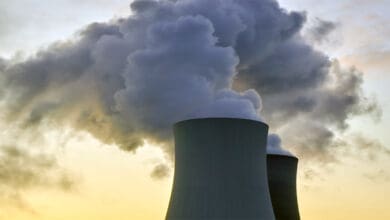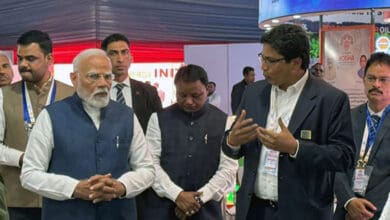The Government of India has set up a target of installing 175 GW capacity through renewables by 2022. But till date, a total capacity of 65 GW had been installed in the country. Government of India has undertaken a number of policy measures for increasing share of renewable energy in India’s energy mix. These, inter-alia, include:
- Provision of Renewable Purchase Obligation (RPO) under the National Tariff Policy.
- Notification of the long term growth trajectory of RPO for solar and non-solar energy for next 3 years from 2016-17, 2017-18 and 2018-19.
- Development of Solar Parks and Ultra Mega Solar Power Projects.
- Development of power transmission network through Green Energy Corridor project.
- Making roof top solar as a part of housing loan provided by banks.
- Waiver of Inter-State Transmission Charges and losses.
- Repowering of Wind Power Projects for optimal utilization of wind resources.
- Offshore wind energy policy for development of offshore wind energy in the Indian Exclusive Economic Zone.
- Supporting research and development on various aspects of renewable energy including with industry participation.
- Financial incentives for off-grid and decentralized renewable energy systems and devices for meeting energy needs for cooking, lighting and productive purposes.
- Permitting 100 percent Foreign Direct Investment in sector through automatic route.
The lowest tariff discovered for solar at Bhadala solar Park in Rajasthan in May 2017, and for wind in the tariff-based capacity auction of Gujarat Urja Vikas Nigam Ltd in December 2017 were Rs. 2.44/KWh and Rs 2.43/KWh respectively. However, the cost of production of energy from solar and wind energy sources varies from place to place depending upon, inter-alia, insolation, wind speed, cost of land, cost of financing and basic infrastructure. It is true that in some projects tariff of solar and wind power discovered is in the range or even lesser as compared to the cost of coal based thermal power plants.













